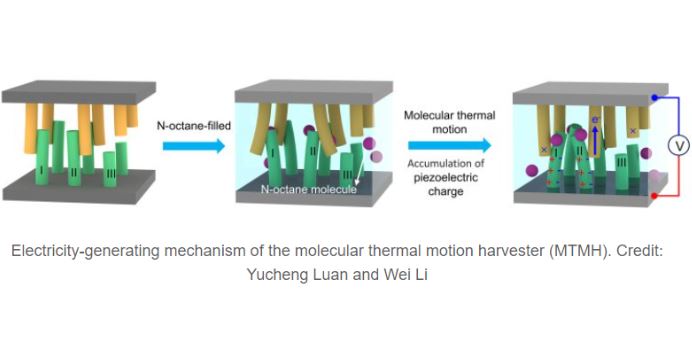
There is power in numbers when generating electricity from the movement of molecules. Researchers tested a molecular energy harvesting device that captures the energy from the natural motion of molecules in a liquid. Their work showed molecular motion can be used to generate a stable electric current. To create the device, they submerged nanoarrays of piezoelectric material in liquid, allowing the movement of the liquid to move the strands like seaweed waving in the ocean, except in this case the movement is on the molecular scale, and the strands are made of zinc oxide. When the zinc oxide material waves, bends, or deforms under motion, it generates electric potential.
Wave energy technology is a proven source of power generation, but there is power inherent in every molecule of l...
Read More









Recent Comments